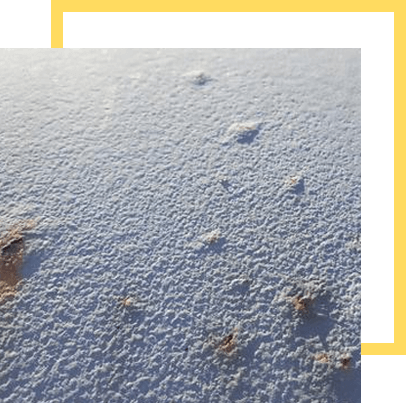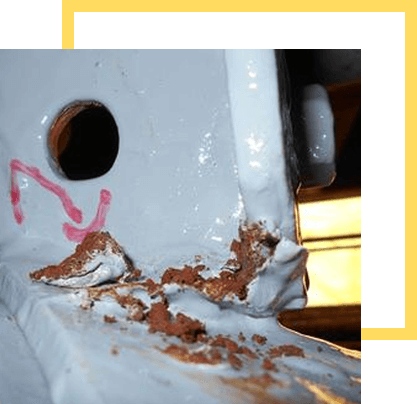
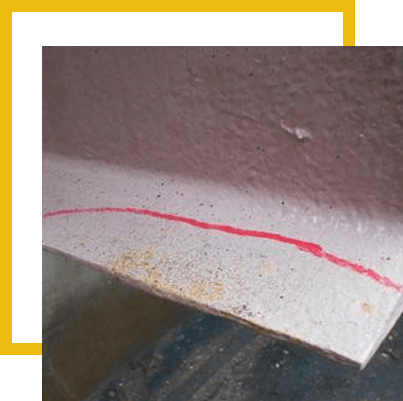
It is essential to detect and study a holiday in the protective coating and take urgent corrective measures. Otherwise, the corrosion process can begin at the undetected holiday and irreversible damage can occur, causing in possible life-threatening and expensive failure.
This is the process of the coating separating from the substrate in either large or small sections or a flaking off of the coating.
Simply from contractors not finishing the job.
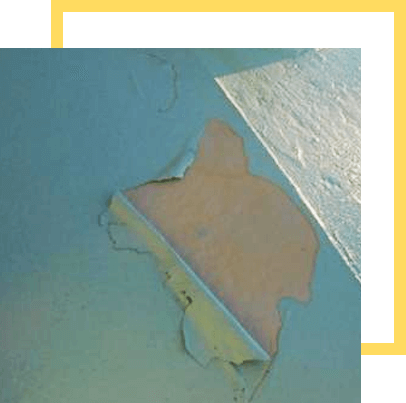
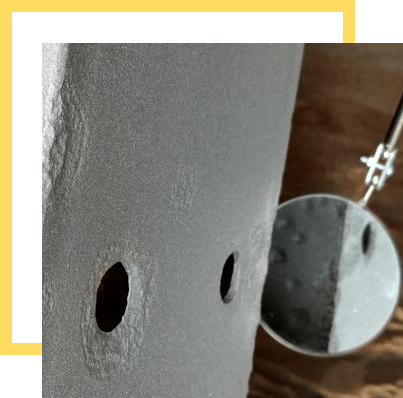
Undercutting refers to corrosion byproducts from the substrate building up under the coating and breaking the coating at edges or pinholes. Corrosion progresses under the coating (i.e.: rust, blistering, peeling).
It is characterized by the development of a milky appearance and low gloss of the dried film. Paint will appear to be blotchy, milky, or cloudy.
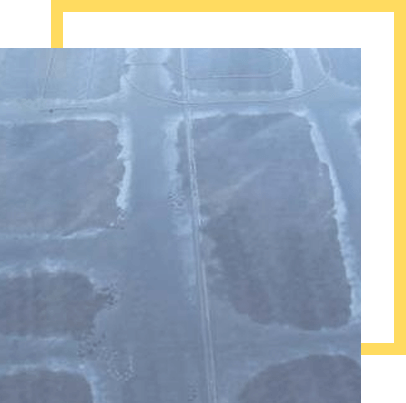
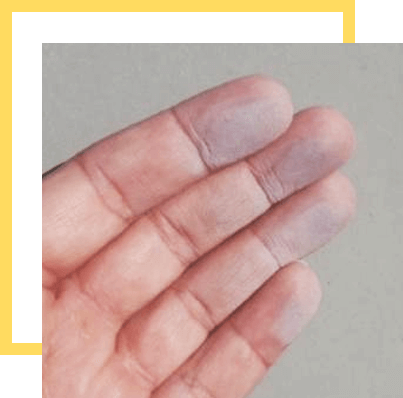
This refers to the formation of a white, chalky powder on the surface of the paint film.
Dome shaped projections or blisters in the dry paint film through local loss of adhesion from an underlying coating.
